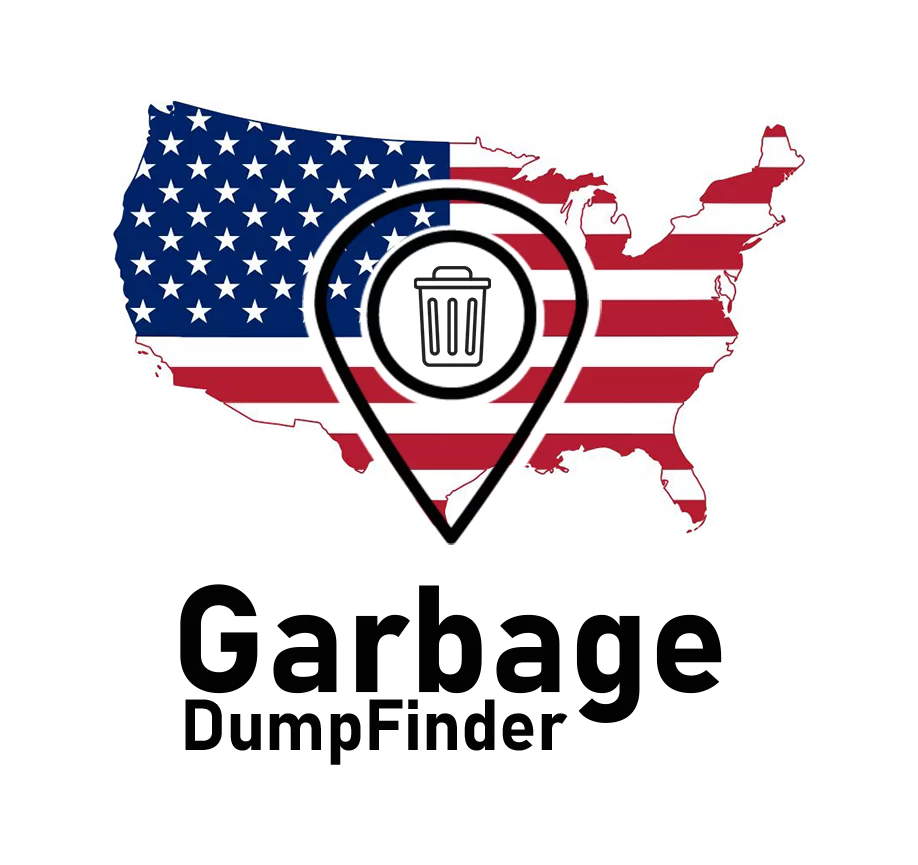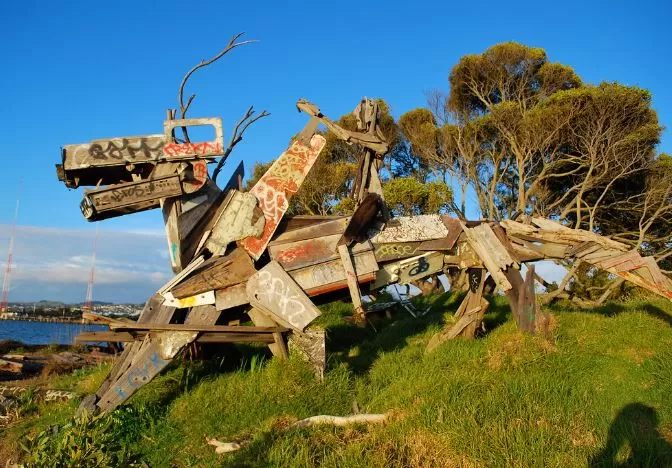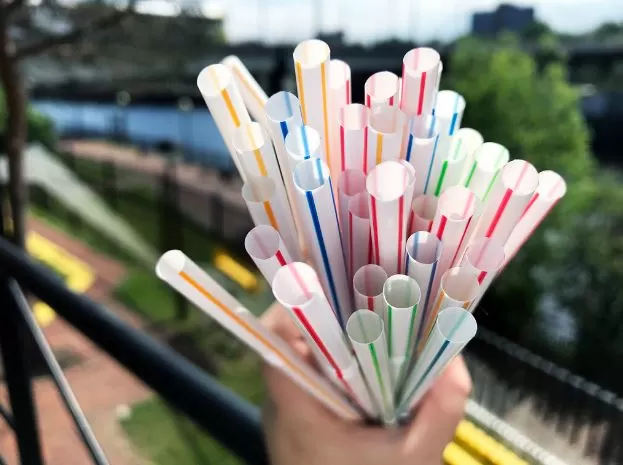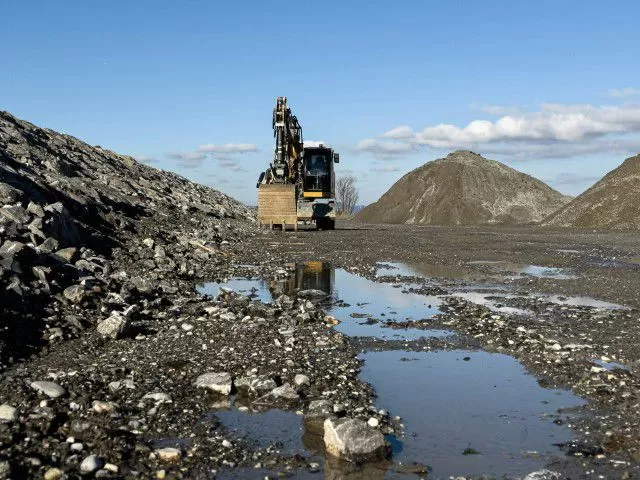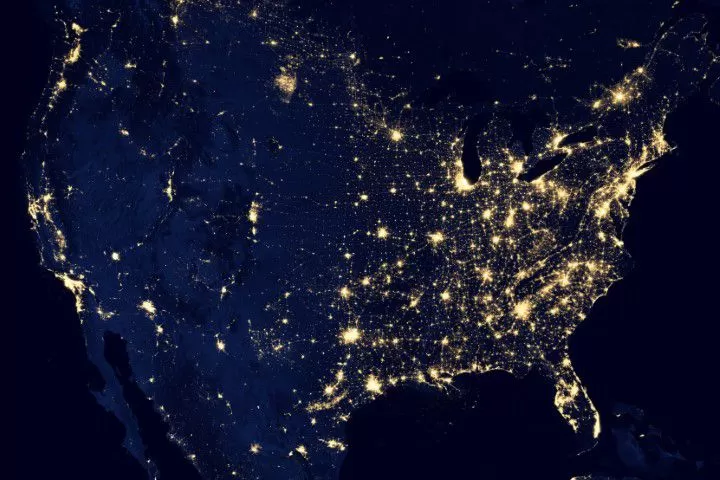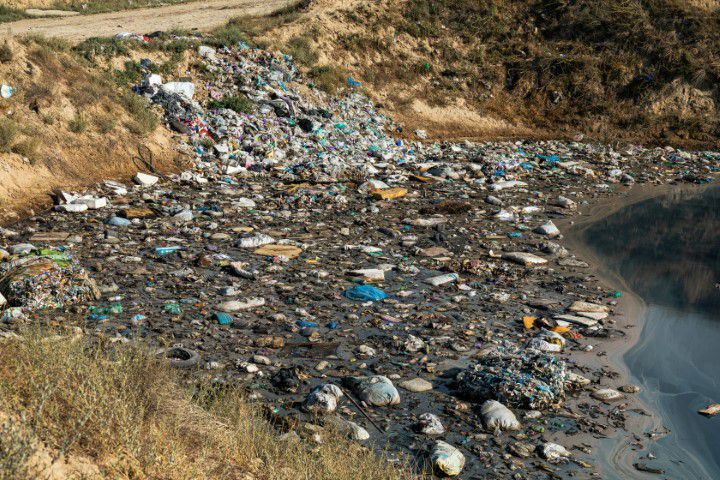
We all know that trash has to go somewhere. The overflowing bins on garbage day, the bags filled with pizza boxes, coffee cups, and last week’s leftovers – where does it all go? If you guessed landfills, you’re probably right. But what many people don’t realize is that the story doesn’t end there. The real tale of trash begins once it’s out of sight, tucked away in the vast, buried mountains of waste known as landfills and garbage dumps. While they might seem like convenient solutions, landfills come with hidden costs – both environmental and economic – that impact our country more than we might think.
The Environmental Price Tag
Landfills are a double-edged sword. On one side, they provide a place for all our waste to go, keeping our cities and streets clean. On the other, they contribute to a slew of environmental problems that are far from small.
1. The Methane Menace
First up, we have methane – a greenhouse gas that’s about 25 times more potent than carbon dioxide when it comes to trapping heat in the atmosphere. You might be wondering how a pile of trash can create such a powerful gas. The answer lies in the breakdown of organic waste.
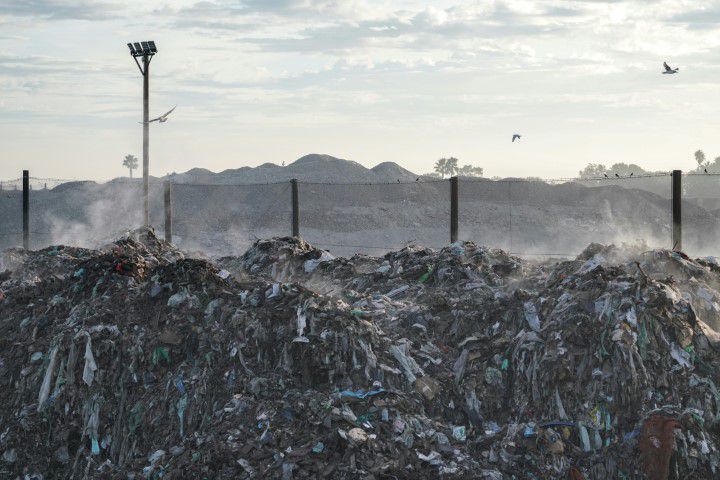
As things like food scraps, paper, and yard trimmings decompose in the anaerobic (oxygen-free) environment of a landfill, they produce methane. And while some landfills have systems in place to capture this gas and convert it into energy, many do not, allowing methane to escape into the atmosphere and contribute to climate change.
2. Leachate: A Toxic Brew
Next on the environmental hit list is leachate, a fancy term for the toxic liquid that forms when water trickles through a landfill, picking up a cocktail of chemicals, heavy metals, and other pollutants along the way. This toxic brew can seep into the soil and groundwater, contaminating local water supplies. If you thought your bottled water was expensive before, imagine the cost of cleaning up contaminated groundwater!
3. Space: The Final Frontier?
America is running out of room for its trash. According to some estimates, the U.S. could run out of landfill space in just a few decades. This is especially concerning when you consider that the average American produces over 4 pounds of trash per day. As available landfill space shrinks, communities are forced to ship their waste farther and farther away, increasing transportation costs and carbon emissions.
4. Wildlife at Risk
Landfills don’t just affect the air and water—they also take a toll on wildlife. Birds, rodents, and other animals are often drawn to the heaps of trash, mistaking it for an all-you-can-eat buffet. Not only can this disrupt local ecosystems, but it can also be deadly for the animals who ingest plastic and other non-food items. Moreover, the odors and noise from landfills can disrupt the behavior of local wildlife, leading to population declines and changes in habitat use.
The Economic Fallout
If the environmental costs aren’t enough to make you rethink your trash habits, perhaps the economic impact will. Landfills may seem like an easy solution to our waste problem, but they come with hidden financial burdens that affect everyone from taxpayers to local governments.
1. The High Cost of Landfill Maintenance
Running a landfill isn’t cheap. From constructing the landfill to managing it over its lifespan, the costs add up quickly. This includes everything from installing liners and leachate collection systems to monitoring groundwater and managing methane emissions.
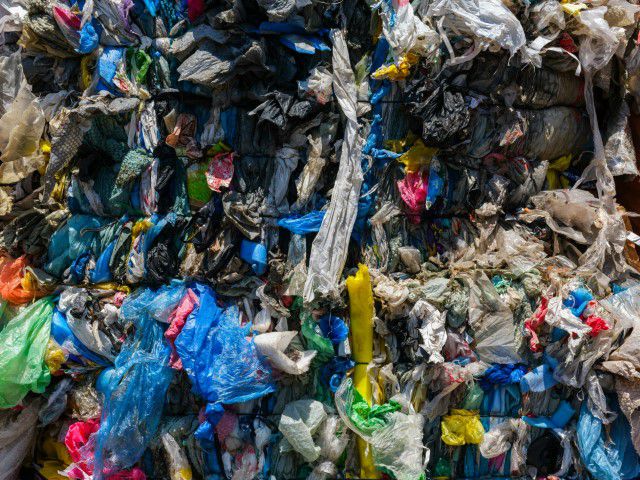
And the expenses don’t stop once the landfill is full. Long after a landfill is closed, it still requires monitoring and maintenance to ensure that it doesn’t become an environmental disaster waiting to happen. These costs are often passed on to taxpayers in the form of higher waste disposal fees.
2. Property Values and Community Impact
Living near a landfill isn’t exactly the American Dream. The smell, noise, and increased traffic from garbage trucks can significantly lower property values in nearby areas. This can lead to a decline in the local tax base, which in turn reduces the amount of money available for schools, infrastructure, and other public services. Moreover, the stigma associated with living near a landfill can make it difficult for residents to sell their homes and move elsewhere, trapping them in a situation where their quality of life – and their financial stability – suffers.
3. The Cost of Cleanup
When landfills go wrong, they go really wrong. Leaks, fires, and other disasters can lead to costly cleanup efforts that burden local governments and taxpayers. Superfund sites – areas designated by the EPA as contaminated by hazardous waste – often include former landfills, and the cleanup costs for these sites can run into the millions of dollars.
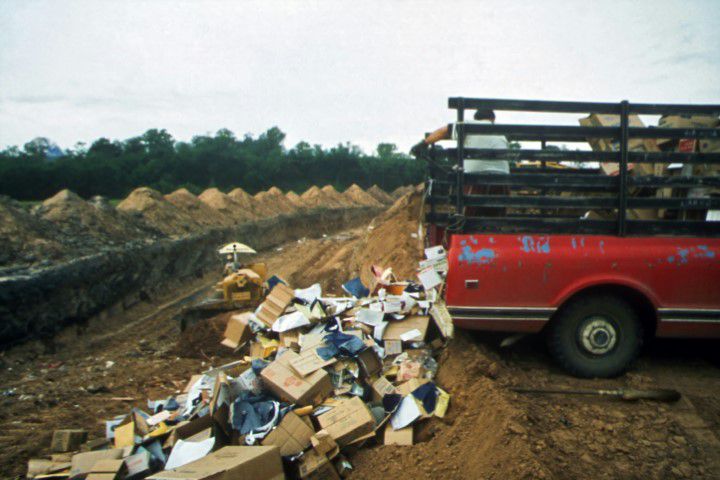
These costs don’t just come out of thin air; they’re often paid for by public funds, meaning that taxpayers foot the bill.
4. Missed Opportunities for Resource Recovery
Perhaps the most frustrating economic impact of landfills is the missed opportunity to recover valuable resources. Much of what ends up in landfills could be recycled, composted, or converted into energy. By throwing these materials away, we’re not only contributing to environmental degradation but also missing out on the economic benefits that could come from turning trash into treasure. For example, recycling creates jobs, saves energy, and reduces the need for raw materials. Composting, meanwhile, can improve soil health and reduce the need for chemical fertilizers.
A Way Forward: Rethinking Waste
So, what can be done to mitigate these hidden costs? The answer lies in rethinking our approach to waste. Here are a few strategies that could make a big difference:
1. Reduce, Reuse, Recycle
It may sound cliché, but the old adage of “reduce, reuse, recycle” is more relevant than ever. By reducing the amount of waste we produce, reusing items whenever possible, and recycling materials that can be repurposed, we can significantly cut down on the amount of trash that ends up in landfills.
2. Composting
Composting is another powerful tool in the fight against landfill waste. By composting organic materials like food scraps and yard waste, we can divert a significant portion of the waste stream away from landfills and reduce the production of methane gas.

Plus, composting creates nutrient-rich soil that can be used to support local agriculture and gardening efforts.
3. Waste-to-Energy
While not a perfect solution, waste-to-energy technology offers a way to convert non-recyclable waste into usable energy. By burning trash in specially designed facilities, we can generate electricity while reducing the volume of waste that ends up in landfills. However, it’s important to ensure that these facilities are equipped with the latest technology to minimize harmful emissions.
4. Extended Producer Responsibility (EPR)
Finally, policymakers can play a role by implementing Extended Producer Responsibility (EPR) programs. These programs require manufacturers to take responsibility for the entire lifecycle of their products, including the disposal phase. By incentivizing companies to design products that are easier to recycle or dispose of, EPR programs can help reduce the amount of waste that ends up in landfills.
Conclusion
Landfills may seem like a simple solution to our waste problem, but as we’ve seen, they come with hidden costs that can’t be ignored. From environmental damage to economic burdens, the true price of landfills is much higher than most people realize. By rethinking our approach to waste and embracing more sustainable practices, we can reduce our reliance on landfills and create a cleaner, healthier, and more economically stable future.
Sources
- U.S. Environmental Protection Agency (EPA) – Landfill Methane Outreach Program
- National Resources Defense Council (NRDC) – The Environmental Impact of Landfills
- The Guardian – The Real Cost of Landfill: Who Pays for Garbage?
- Scientific American – The Hidden Costs of Landfill Waste
- The Atlantic – America’s Looming Landfill Crisis
- Journal of Environmental Economics – Economic Impacts of Landfill Externalities

Peter Lars has long been an advocate for reusing and recycling whenever you can. He has a passion for writing about every related to landfills and garbage dumps, and unlikely as that may seem.
Landfill Art: How Artists are Turning Trash into Creative Masterpieces
In a world where waste is often viewed as nothing…
Plastic Perils: How Single-Use Plastics are Filling Up America’s Landfills
Single-use plastics, those convenient yet disposable items like straws, bags,…
The History of Landfills in America: How Waste Management Evolved Over the Decades
The history of landfills in America is a fascinating journey…
The Circular Economy: Can It Solve America’s Landfill Problem?
As America grapples with its mounting landfill crisis, the concept…
Landfill Legacy: The Environmental Justice Issues Surrounding Waste Disposal in America
In the United States, the legacy of landfills is more…
The Role of Landfills in Climate Change: What Americans Need to Know
When we think about climate change, images of smokestacks, deforestation,…
